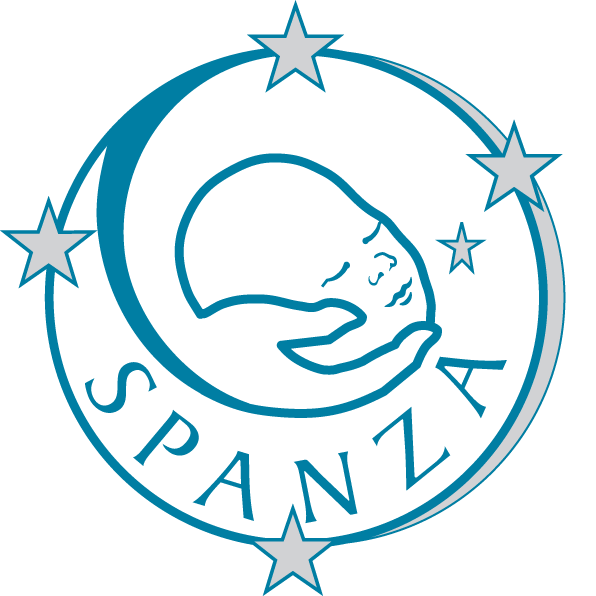Short-term Outcomes in Infants after General Anesthesia with Low-dose Sevoflurane/Dexmedetomidine/Remifentanil versus Standard-dose Sevoflurane
The TREX Trial
Anesthesiology
Submitted March 2025 by Dr Roeland Passier
Read by 692 Journal Watch subscribers
Summary
This is a secondary analysis comparing the two treatment groups in The Trial Remifentanil DEXmedetomidine (TREX) trial looking at early perioperative results. TREX, which is ongoing, was designed to determine whether, in children less than 2 yr of age having anesthesia expected to last 2 hours or longer, low-dose sevoflurane/dexmedetomidine/remifentanil anesthesia (LD-SEVO) is superior to standard-dose sevoflurane anesthesia (STD-SEVO) in terms of global cognitive function, as assessed at 3 yr of age. This secondary analysis presents and compares short-term perioperative outcomes from the TREX trial such as the prevalence of intraoperative hypotension, bradycardia, light anesthesia events, postoperative pain scores, time to recovery, and morbidity and mortality.
TREX is a randomized active controlled, parallel group, assessor blinded, multicenter, superiority trial that was performed in 20 centers in Australia, Italy, and the United States between August 2017 and April 2023. 455 infants less than 2 yr of age and expected to undergo general anesthesia for at least 2 h were enrolled. They were randomized between the LD-SEVO and STD-SEVO treatment arms.
The results show there was statistically significant less hypotension and more bradycardia in the LD-SEVO arm compared to the STD-SEVO arm. There were more patients with episodes of light anesthesia (89 vs. 4) and protocol abandonments (1 vs. 0) in the LD-SEVO arm. Time from eye opening to postanesthesia care unit discharge was similar in both arms, as were morbidity and mortality. One patient in each arm suffered a life-threatening event, but neither suffered long-term sequelae.
The authors conclude that these early peri-operative results suggest that in children included in the study the low-dose sevoflurane/dexmedetomidine/remifentanil anesthesia technique and the standard sevoflurane anesthesia technique are broadly clinically similar, with no significant evidence to support choosing one technique over the other.
Commentary
Concerns about anesthesia-induced developmental neurotoxicity from anesthetic agents persist due to findings in animal models, but the few human studies available show conflicting results. The TREX trial is a large RCT looking at global cognitive function in children after having had anesthesia comparing two different anesthesia techniques. The primary outcomes of the TREX trial have not yet become available. However the findings from this secondary analysis show that from a short term clinical point of view the two techniques are broadly similar with no clear evidence that one is superior. This will of course be relevant if the primary outcome of the TREX trial would be favoring the LD-SEVO technique.
Even though there were more ‘light anaesthesia’ episodes in the LD-SEVO arm, these did respond well to the described increases in suggested drug dosing allowed within the protocol. So they did not need a change of anesthetic technique. Furthermore, in the STD-SEVO arm for more than half of the patients the incidence of ‘light anaesthesia’ was not recorded (not part of the initial data collection) so the difference in incidence might be less than suggested on the recorded data.
There are several limitations apparent in this study. The degree of hypotension was deemed not clinically significant in either arm. However, there is no established definition for hypotension in infants (under anaesthetia) and no clear correlation between (treatment of ) intra-operative hypotension and outcomes. A similar problem exists in regards to the incidence of bradycardia as it it unclear what the clinical importance is of these episodes. Also, for the majority of bradycardia episodes data on rescue treatment administered was missing.
The authors further note that the power calculation was based on the primary outcome, not these short term outcomes. Additionally, they haven’t looked at differences in surgical suitability between the two anaesthetic techniques. Despite this there were a wide range of procedures included in both arms and only in one patient was the anaesthetic technique changed in a way that was not accepted within the study protocol. This shows that clinically surgical suitability was not a problem.
Data collection was limited to discharge from the PACU so any adverse events after this time can not be compared, including the possibility of (later) hyperalgesia secondary to remifentanil infusion.
The study is applicable to our practice and population in Australia and New Zealand. Not only was a significant part of the participating patients recruited in Australian centers, the anesthetic techniques compared are or can easily be adapted as routine practice.
Overall, this study shows that from a short term peri-operative perspective it seems there would be no significant negative effects of implementing the low-dose sevoflurane/dexmedetomidine/remifentanil anesthesia technique in clinical practice if the primary outcome of TREX would show a favorable outcome in terms of global cognitive function at 3 yr of age in this treatment arm.



